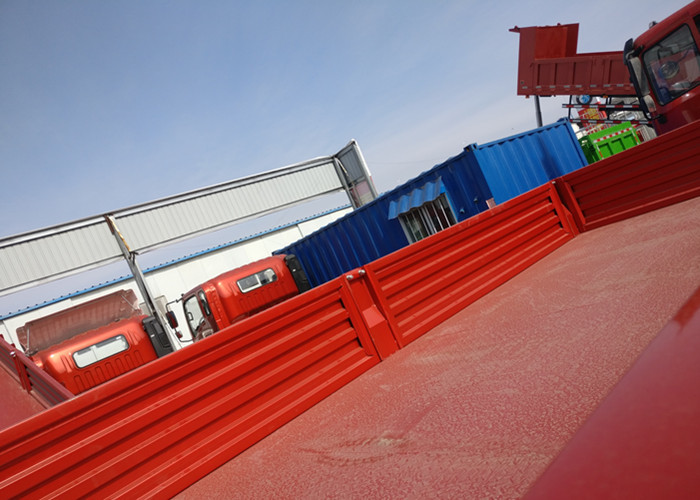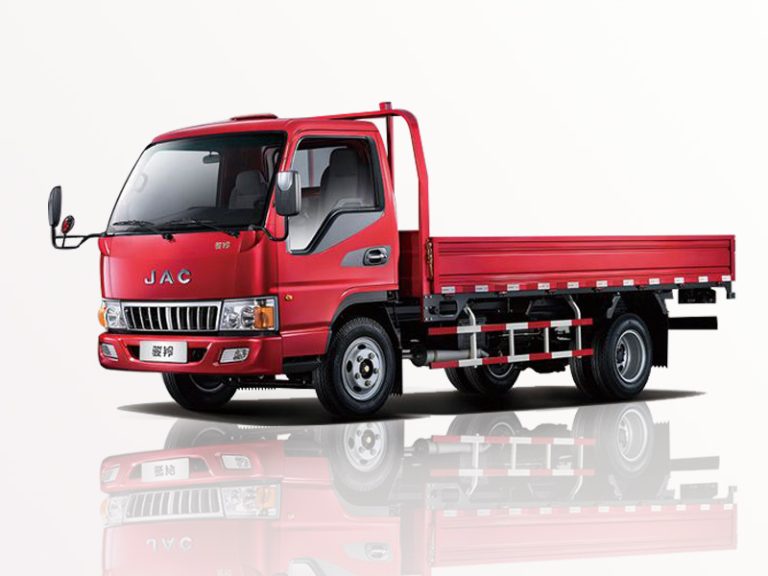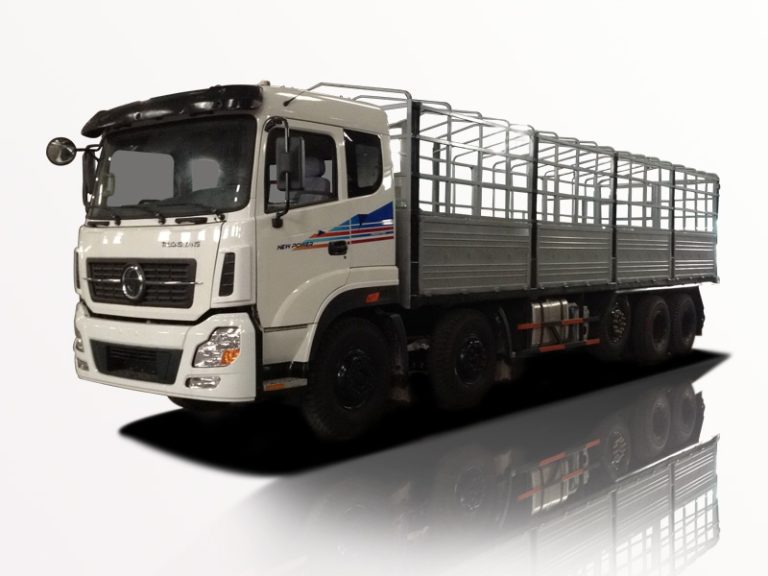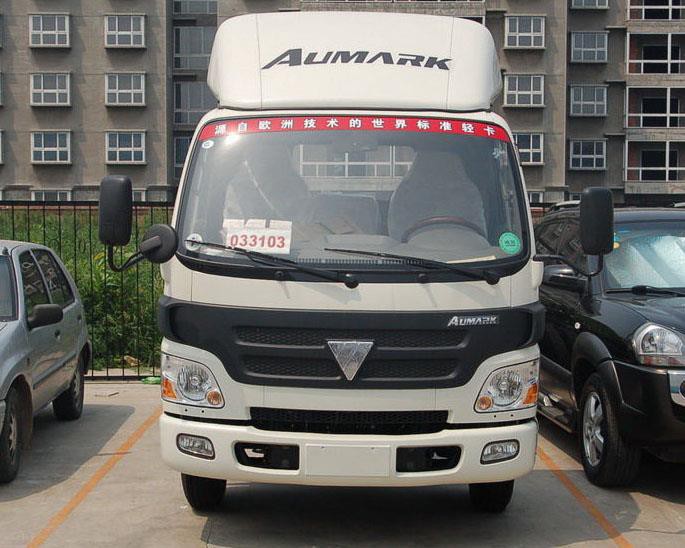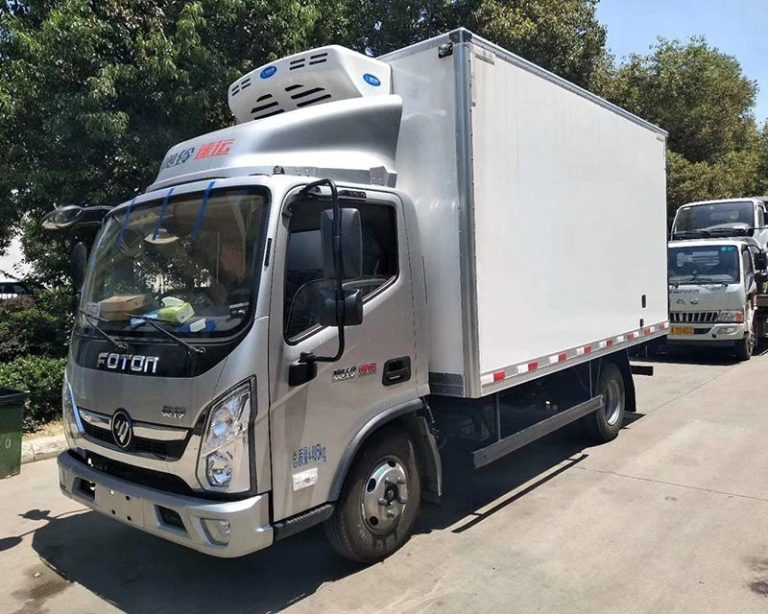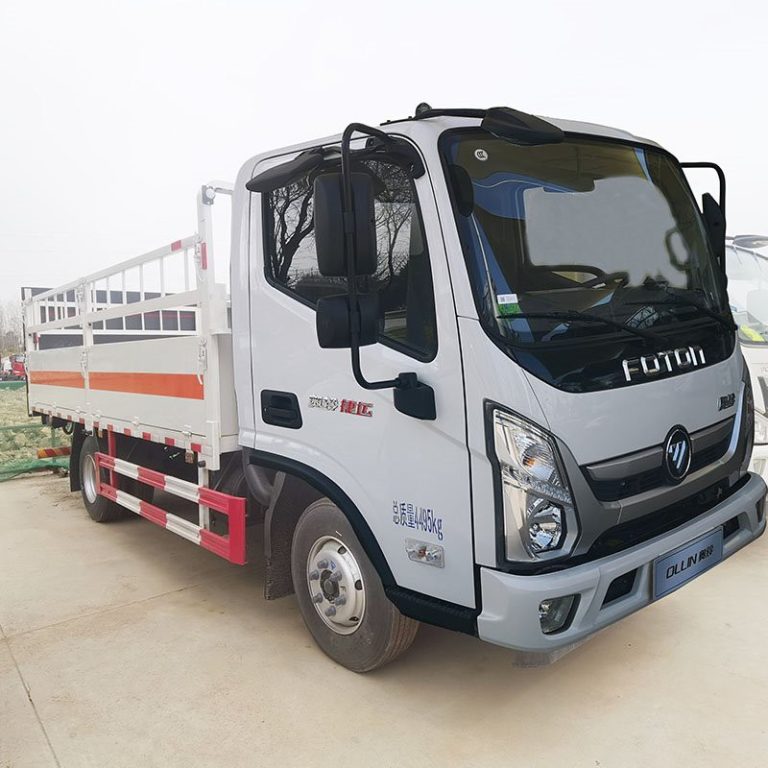The world of automotive finance is filled with terminology and processes that can be confusing, especially when it comes to repossession. One key component in this industry is the repo truck, an essential vehicle used by companies to recover cars from borrowers who have defaulted on their loans. In this article, we will explore the different types of repo trucks, their functions, the process of vehicle repossession, and what you need to know if you’re considering getting involved in this line of work.
What Is a Repo Truck?
A repo truck, short for repossession truck, is specifically designed to recover vehicles from individuals who can no longer make payments on their auto loans. These vehicles are often equipped with specialized technology and mechanisms that make the repossession process easier and more efficient.
Types of Repo Trucks
Repo trucks come in various types, each serving a specific purpose in the repossession process. The most common types include:
| Type of Repo Truck | Features | Best Suited For |
|---|---|---|
| Flatbed Tow Trucks | Features a flat, horizontal bed for easy loading. | Vehicles that are inoperable or require special care. |
| Integrated Tow Trucks | Combine a standard tow truck with a built-in winch. | Recovering vehicles in tight spaces. |
| Wheel-Lift Tow Trucks | Uses a hydraulic lift to raise the front or rear wheels of the vehicle. | Standard, operable cars that can be easily towed. |
| Self-Loading Tow Trucks | Equipped with a system that allows for automatic loading of the vehicle. | Efficient recovery when the repo agent is alone. |
The Role of Repo Trucks in the Repossession Process
Repo trucks play a crucial role in the repossession process. When a borrower defaults on their auto loan, lenders employ repossession agents to retrieve the vehicle. Here’s how it typically works:
1. Notification of Default
The process usually starts with a notification from the lender that the borrower is in default. This will often include attempts to contact the borrower, offering chances to catch up on missed payments.
2. Assignment to Repo Agents
If the borrower still fails to respond or rectify the situation, the lender assigns the case to a repossession agency. This is where the repo truck comes into play as agents prepare for the next steps.
3. Identifying the Vehicle
Repo agents may have to locate the vehicle, which can sometimes be challenging if the owner is trying to hide it. They use various techniques, including surveillance and data checks, to find the vehicle’s location.
4. Recovery of the Vehicle
Once the vehicle is located, the repo truck is deployed to recover it. Depending on the type of vehicle and its location, different methods may be employed. For instance, a flatbed tow truck is typically used for cars that are not operational.
5. Transporting the Vehicle
After securing the vehicle onto the repo truck, the agent will transport it to a designated impound lot or the lender’s lot where further arrangements can be made for auction or resale.
Important Features of Repo Trucks
Repo trucks come equipped with specialized features that make the process more efficient:
Winch System
Many repo trucks are equipped with a winch system, enabling the driver to recover vehicles even when they are parked in difficult locations or are inoperable.
GPS Tracking
Advanced repo trucks may come with GPS tracking systems, allowing for easy navigation to locate vehicles that need to be repossessed.
Cameras
Some repo trucks are outfitted with cameras that can record the repossession process, providing a layer of protection for the repo agent against potential disputes.
Challenges Repo Agents Face
The repossession industry is not without its challenges. Repo agents often face various hurdles, including:
Legal Complications
Repo agents must adhere to strict legal regulations when repossessing a vehicle. Failure to follow these laws can lead to lawsuits and complications for the recovery process.
Potential Confrontations
There’s the potential for confrontations with vehicle owners, which can lead to dangerous situations. Repo agents must be trained to handle such encounters professionally.
Ethical Considerations
Some repo agents grapple with the ethical implications of their work, including the emotional impact on borrowers who may be experiencing financial hardship.
How to Become a Repo Agent
If you are considering a career in repossession, there are several steps to get started:
1. Research Requirements
Understand the legal requirements and restrictions that apply in your area for repossession agents. Different states have different laws regarding licensing and certification.
2. Obtain Necessary Licensing
In many states, a special license is required to operate as a repo agent. Research your local laws to ensure compliance.
3. Acquire Training
Training programs are available that cover the legal, practical, and ethical aspects of repossessing vehicles. Completing such a program can provide you with a strong foundation.
4. Invest in Equipment
Consider investing in a quality repo truck with the features necessary for efficient vehicle recovery.
Practical Examples of Repo Truck Use
Understanding how repo trucks operate in real scenarios can shed light on their effectiveness:
Example 1: Weekend Repossession
A repo agent might receive a call on a Saturday morning to recover a car from a shopping mall parking lot. Using a wheel-lift truck, the agent can quickly and discreetly recover the vehicle without attracting too much attention.
Example 2: Difficult Locations
In cases where a vehicle is hidden within a residential neighborhood, a flatbed truck may be necessary to ensure the vehicle is adequately loaded without causing damage or creating a scene.
Tips for Successful Repossession
For repo agencies, being successful takes skill and strategy. Here are some helpful tips:
1. Maintain Discretion
Being discreet during a repossession can minimize confrontations and keep the process smooth. This may involve visiting locations when fewer people are around.
2. Build Good Relationships
Establish relationships with local law enforcement and community members to facilitate smoother operations and assistance when necessary.
3. Stay Updated on Laws
Always stay informed about changes in repossession laws to ensure compliance and mitigate legal risks.
Frequently Asked Questions (FAQ)
What does a repo truck do?
A repo truck is used by repossession agents to recover vehicles from borrowers who have defaulted on their loans. It aids in safely securing and transporting the vehicle back to the lender or an impound lot.
Are repo trucks different from regular tow trucks?
Yes, repo trucks are specifically designed for the repossession of vehicles and often come with specialized features not found in standard tow trucks, such as self-loading systems or winches.
Do repossession agents need special training?
Yes, repossession agents often require training to understand the legal, ethical, and practical aspects of their work. This training can help them navigate complex situations during repossessions.
Can repo trucks pull any type of vehicle?
Repo trucks can pull many types of vehicles, but the method used to recover the vehicle may depend on its condition and location. For example, inoperable vehicles may need a flatbed truck, while operable vehicles could be recovered with a wheel-lift truck.
How do repo agents handle confrontations?
Repo agents are trained to remain professional and calm during confrontations. They may choose to avoid confrontations altogether by selecting optimal times or locations for repossession.
